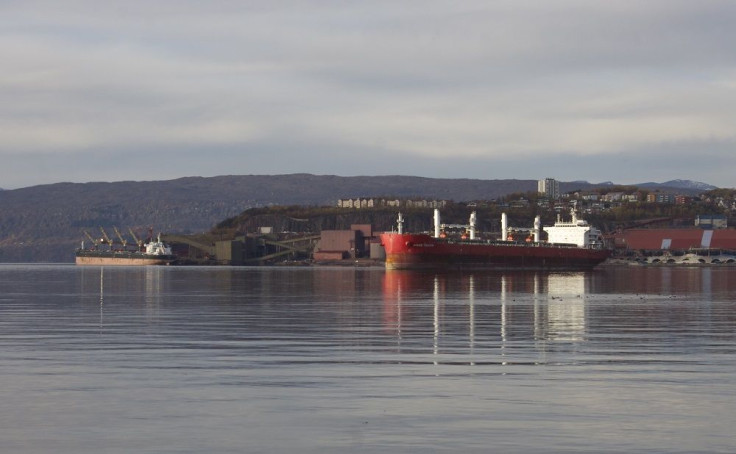Prospective Rutile Mine Secures Approval Despite Environmental Hazard

In spite of stark opposition from several environmental groups, a Norwegian mining company's plan to dump mining wastes into Norway's Førde Fjord is pushing through as approved by the government. Nordic Mining plans to mine rutile, a titanium mineral used for pigments, from the Engebø Mountain located in southwest Norway.
The Engebø mine is considered as one of the richest deposits in the world, as it is expected to produce an estimated 250 million tonnes of minerals. During the anticipated 50-year life of the mine, however, Nordic Mining is planning to dump nearly six million tonnes of tailings every year into the adjacent Førde Fjord, considered one of the most important spawning grounds for cod and salmon in Norway.
According to the company, its expected annual waste production consists of 1,200 tonnes of sulfuric acid, 1,000 tonnes of sodium, 1,000 tonnes of phosphoric acid, 360 tonnes of carbonic acid and 90 tonnes of acrylamide. Other acids, solvents and heavy metals will also add up to the byproducts.
Environment-conscious groups cried foul over the "political decision" to approve the mine, despite warnings from marine biologists that very fine waste particles could spread far from the fjord, hence causing pollution and damaging vulnerable ecosystems. "The [plan] is mad. It's like returning to the 18th century," commented Professor Callum Roberts, Britain's leading marine conservation biologist.
"This is pollution on a grand scale. There will be a huge downstream impact in the fjord and beyond. The pollution will get into the food chain and be moved out of the fjord. It can only be economics driving this. There is absolutely no ecological excuse," Roberts added.
But in spite of the staggering amount of waste materials that would be dumped into the fjord, Nordic Mining argued that the waste deposits will cover no more than 13 percent of the flat fjord bottom, less than 200 meters deep. Company director Ivar Fossum said, "We have long experience of deep sea tailings in Norway. There are temporary effects but it is more sustainable putting the tailings at sea than on land. The sea fauna would return within five to 10 years."
He added, "I am not a marine biologist, but based on the studies we have done, the marine biologists are wrong."
Industry minister Monica Mæland defended the government's controversial ruling, saying, "If Norway wants future workplaces and welfare, we must be competitive. The minerals industry can be a motor for business and jobs in rural areas. The mine could generate up to 500 jobs."
The project has the potential to strengthen Norway's position in the titanium feedstock industry, currently dominated by countries like Sierra Leone and Chile. The Cerro Blanco Project by White Mountain Titanium Corporation (OTCQB: WMTM) is foremost in Chile, as it also has the potential to become one of the largest primary rutile mines in the world. White Mountain has already conducted in-fill drilling on three of the nine rutile targets on the Cerro Blanco Property with an estimated a rutile resource of 112 million tonnes. Commencement of production is expected at the end of 2017 after completion of its final feasibility.
On the other hand, the ruling of the Norwegian government could also damage the country's reputation of being one of the cleanest and greenest countries in the world, not to mention harm whole ecosystems and cause severe damage to the food chain of the organisms living in the fjord.
To contact the writer, email: v.hernandez@ibtimes.com.au





















